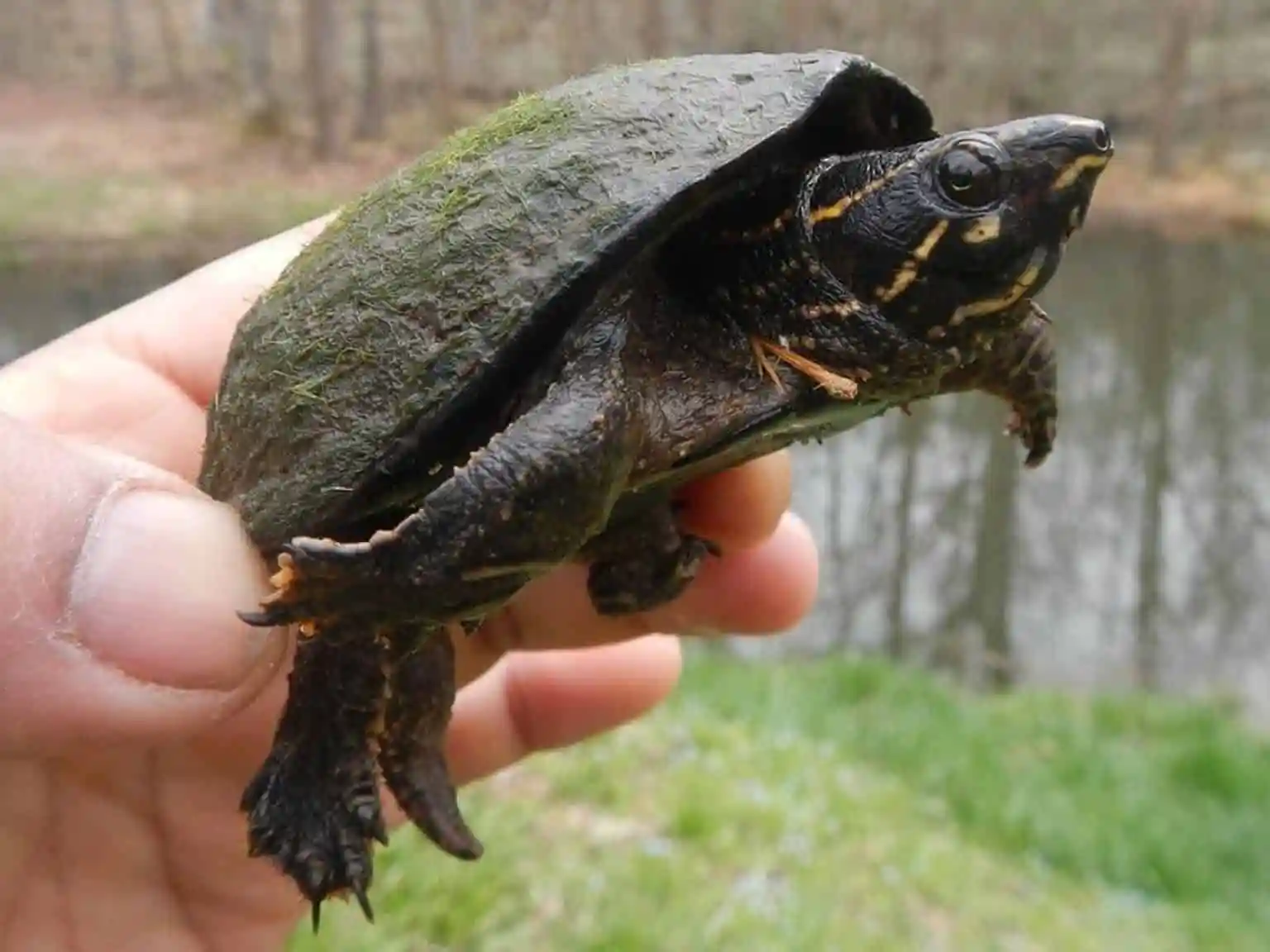Turtles! Arizona is home to an array of fascinating chelonians, from water-loving species splashing in rivers and lakes to land-dwelling tortoises built for the desert heat. Join us as we explore the world of Arizona’s turtles, delving into their unique habitats, adaptations, and the conservation efforts aimed at ensuring their survival.
Types of Turtles in Arizona
Arizona’s diverse landscapes support a surprising variety of turtles. While many people associate turtles with water, the state also harbors tortoises, masters of desert survival. Let’s meet some of Arizona’s amazing shelled residents!
Those Desert Dwellers: Tortoises
Two tortoise species call Arizona home:
- Mojave Desert Tortoise (Gopherus agassizii): Found in the western part of the state, this tortoise is a true icon of the Mojave Desert. They are well-adapted to arid conditions, spending much of their time in underground burrows to escape the heat.
- Sonoran Desert Tortoise (Gopherus morafkai): Similar in appearance to the Mojave Desert Tortoise, this species inhabits the Sonoran Desert region of Arizona. They share a similar lifestyle, seeking refuge from the sun in underground burrows.
Taking a Dip: Aquatic Turtles
Arizona’s rivers, lakes, and streams provide homes for several aquatic turtle species:
- Mud Turtles: Known for their preference for slow-moving water and muddy bottoms, mud turtles are well-represented in Arizona. Three subspecies, the Arizona Mud Turtle (Kinosternon arizonense), Sonora Mud Turtle (Kinosternon sonoriense), and Rio Grande Mud Turtle (Kinosternon flavescens), are found in different parts of the state. These turtles are characterized by their dark coloration and ability to tolerate periods of drought. For more details about the conditions and mud turtle habitat, kindly visit our site now!
- Painted Turtles: Easily recognizable by their vibrant shell markings, painted turtles are a common sight in Arizona’s freshwater habitats. The Western Painted Turtle (Chrysemys picta bellii), the subspecies found in Arizona, is known for its bright yellow and orange patterns.
- Snapping Turtles: While snapping turtles might not be the first thing that comes to mind when you think of Arizona, these large, powerful turtles have become established in some of the state’s waterways. The Common Snapping Turtle (Chelydra serpentina), a widespread species, is known for its strong jaws and aggressive nature.
Rare and Amazing Turtles
Arizona is also home to some less common but equally fascinating turtle species:
- Alligator Snapping Turtle (Macrochelys temminckii): This prehistoric-looking turtle is a rare sight in Arizona, found only in a few isolated populations. With its massive head, powerful jaws, and spiky shell, the Alligator Snapping Turtle is the largest freshwater turtle in North America.
- Texas Spiny Softshell Turtle (Apalone spinifera emoryi): Characterized by its flat, leathery shell and long, pointed snout, the Texas Spiny Softshell Turtle is adapted to life in sandy-bottomed rivers and streams. This species is found in the Gila and San Pedro River Basins of Arizona.
Where Can I Find Turtles in Arizona- A Guide to Habitats
Arizona’s varied landscapes offer a range of habitats for its diverse turtle population. Knowing where to look can greatly increase your chances of spotting these fascinating creatures.
Aquatic Adventures: Where the Water Flows
For those seeking aquatic turtles, focus your search on areas with permanent water sources such as rivers, ponds, and lakes. These habitats provide the necessary resources for turtles to thrive. Look for turtles basking on logs, rocks, or along the water’s edge, especially during the warmer hours of the day.
Desert Dwellers: Life Among the Cacti
While it may seem counterintuitive, the desert is home to several turtle species, including the Mojave Desert Tortoise and Sonoran Desert Tortoise. Look for these reptiles in areas with sparse vegetation, sandy washes, and rocky outcrops. Remember that tortoises are most active during the cooler months, seeking refuge from the intense summer heat.
Arizona’s Turtle Conservation: Threats and Solutions
Arizona’s turtles face numerous threats, highlighting the importance of conservation efforts to ensure their survival. By understanding these challenges, we can all play a role in protecting these ancient reptiles.
- Invasive Species: Non-native turtles, introduced through the pet trade or other means, can outcompete native species for resources and spread diseases.
- Habitat Loss and Degradation: As human populations grow and development encroaches on natural areas, turtle habitats are lost or degraded, making it difficult for them to survive and reproduce.
- Pollution: Water pollution from agricultural runoff, industrial discharge, and urban stormwater can contaminate turtle habitats, harming their health and survival.
- Illegal Collection: The illegal collection of turtles for the pet trade or other purposes poses a significant threat, especially to rare and endangered species.
Solutions for a Brighter Future
Addressing these threats requires a multifaceted approach involving conservation organizations, government agencies, and individuals:
- Habitat Protection and Restoration: Protecting existing turtle habitats and restoring degraded areas are crucial for ensuring their long-term survival.
- Invasive Species Management: Controlling invasive turtle populations through trapping, removal, or other methods helps to reduce competition with native species.
- Pollution Reduction: Implementing measures to reduce water pollution from various sources helps to create cleaner and healthier habitats for turtles.
- Public Education: Educating the public about the importance of turtle conservation, the threats they face, and ways to help is vital for fostering a sense of stewardship.
By working together, we can create a brighter future for Arizona’s turtles, ensuring that these fascinating creatures continue to thrive in the state’s diverse habitats for generations to come.
- Unlock Water’s Symbolism: A Cross-Cultural Exploration - April 20, 2025
- Identify Black and White Snakes: Venomous or Harmless? - April 20, 2025
- Unlocking Potential: Origins High School’s NYC Story - April 20, 2025
















Comments are closed.